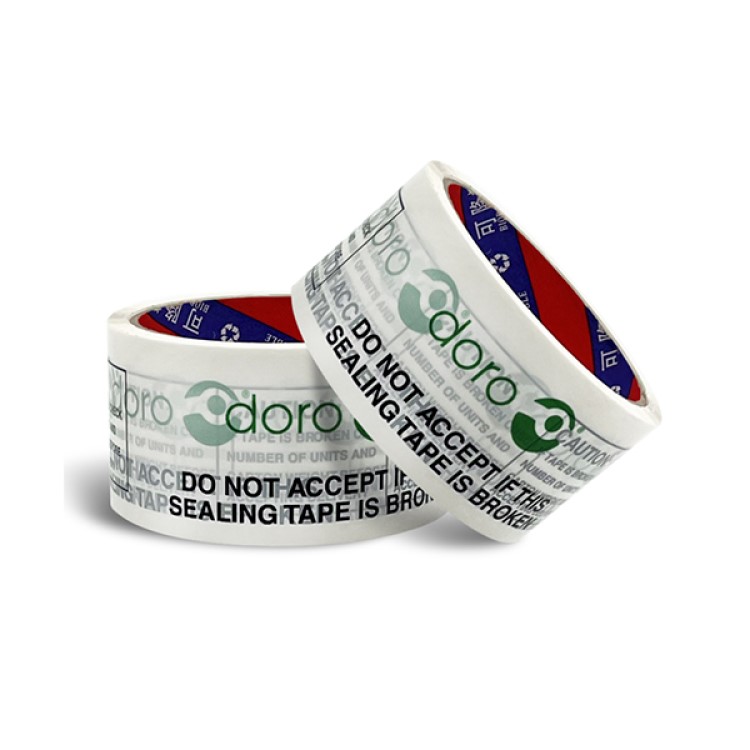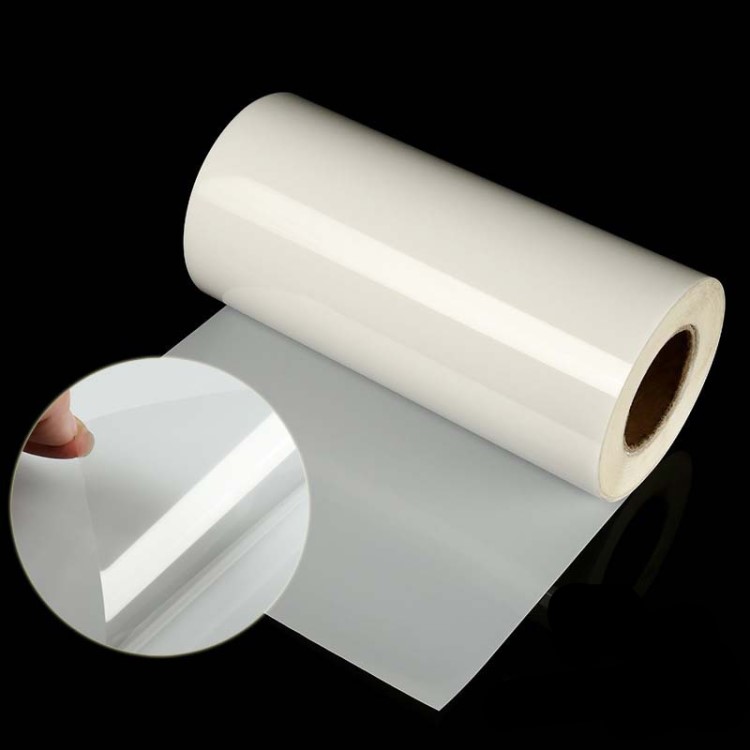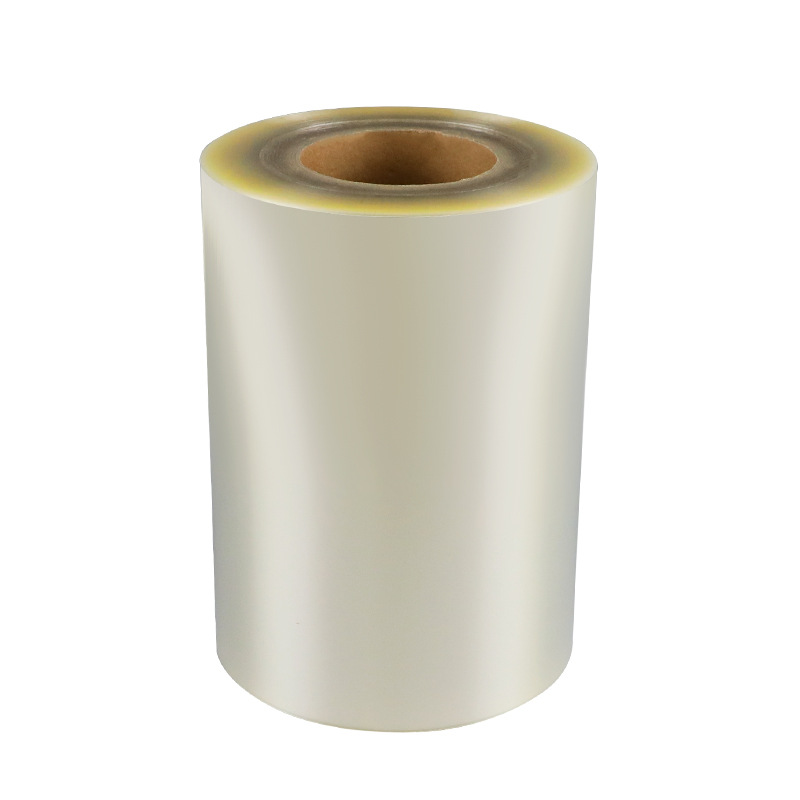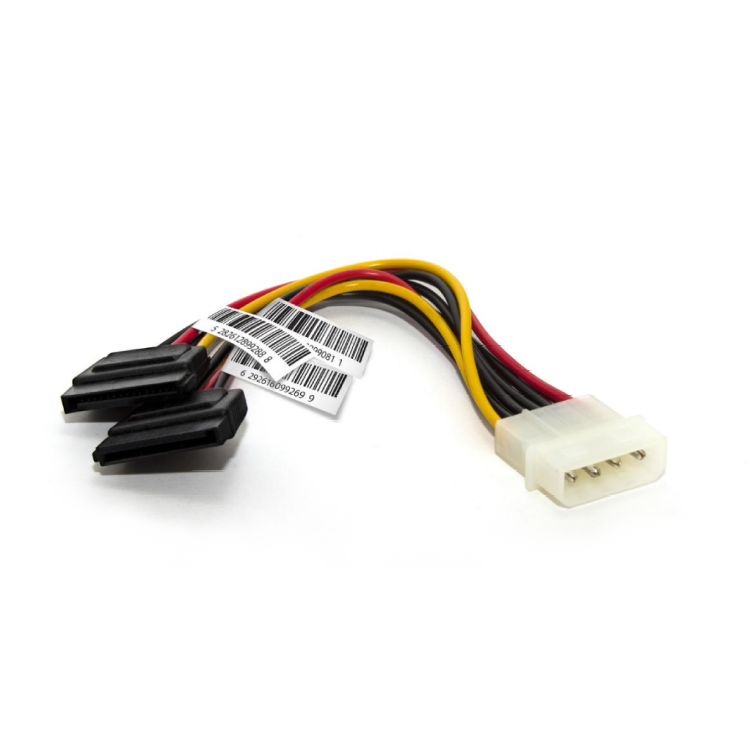Characteristics of PP self-adhesive labels
PP self-adhesive labels exhibit excellent waterproof and oil-resistant properties. Due to the inherent characteristics of polypropylene (PP) material, these labels can maintain good stability and readability in wet or oily environments, without easily falling off or deforming.
PP self-adhesive labels are tear-resistant, tough, and durable. The polypropylene base material has high strength and toughness, making the labels less prone to tearing or damage during use and able to maintain their complete form.
PP self-adhesive labels also have good printability. Their smooth and flat surface can clearly present printed text and patterns, ensuring accurate information transmission. At the same time, PP material also has good coloring properties, allowing for the production of labels in various colors as needed.
PP self-adhesive labels are also environmentally friendly. Polypropylene material can be recycled, meeting modern environmental requirements, making these labels more environmentally sustainable during use.

PP self-adhesive label material
PP self-adhesive labels, also known as PP synthetic paper adhesive labels, are synthetic paper labels with polypropylene (PP) as the base material. These labels possess various excellent characteristics such as waterproof, oil-resistant, and tear-resistant properties, enabling them to maintain good stability and readability in various environments. Specifically, the surface material of PP self-adhesive labels can be transparent, glossy white, or matte white, with the paper being relatively tough and not easily torn, while also being able to resist the corrosion of water, oil, and chemicals.
PP self-adhesive labels have a wide range of applications, including food packaging, pharmaceutical packaging, electronic product labeling, logistic barcode labeling, and are also commonly used for identifying bathroom products and cosmetics. Their environmental friendliness is also noteworthy, as PP materials can be recycled, meeting environmental requirements. Additionally, PP self-adhesive labels have good printing effects, capable of clearly presenting text and patterns, ensuring accurate information transmission.
PP self-adhesive material
PP self-adhesive material is a special material made from polypropylene (PP), a thermoplastic plastic. Polypropylene is a semi-crystalline thermoplastic resin with high impact resistance, strong and tough mechanical properties, and resistance to various organic solvents and acid-base corrosion. Through special process treatment, the surface of PP self-adhesive material acquires self-adhesive properties, allowing for convenient bonding operations.
This material is characterized by good transparency and ease of adhesion, making it widely used in packaging, labeling, advertising, and other fields. PP self-adhesive material has a wide temperature resistance range and can usually maintain stable performance in environments ranging from -20℃ to 120℃, therefore, it is also one of the common choices for microwave-safe plastics. It should be noted that the performance of PP self-adhesive material may vary depending on the specific formula and processing technology.
PP material characteristics
-
Physical Properties of PP Material
PP material is one of the lightest plastics, inherently non-toxic and odorless. Its physical properties provide the easiest way to understand what PP material is. It has a relatively large shrinkage rate, which results in a lack of precision in the dimensions of molded products. However, PP material products have a glossy and aesthetically pleasing surface, which is conducive to coloring the products. -
Mechanical Properties of PP Material
Have you already formed a rough idea of what PP material is? Let's take a look at its mechanical properties. PP material is a high polymer with a stable internal structure, therefore, it possesses stable mechanical properties. It can generally maintain a strength of 30MPa, which is much higher than polyethylene polymers. -
Weather Resistance of PP Material
What is weather resistance? It refers to the durability of our PP material against outdoor environments. That is, its ability to withstand sunlight, climate, and wind and rain. Since we know what PP material is, we should also understand its weather resistance. PP material is very sensitive to ultraviolet light, so its anti-aging performance is not very good. However, this can be addressed through certain methods. -
Thermal Properties of PP Material
Thermal properties, as the name suggests, refer to the heat resistance of PP material. We say that PP material can melt and become fluid at high temperatures, but this high temperature is generally unattainable under normal circumstances. Because PP material has excellent heat resistance, products made from PP material will not deform even when scalded with boiling water.
Is PP material toxic
Recently, someone asked me if PP plastic is toxic. Today, I will tell you that PP plastic itself is non-toxic. It is commonly used in the production of plastic bottles, plastic bags, plastic films, and other processed items. However, during the processing of PP plastic, various chemical additives such as plastic pigments, plastic fillers, and plasticizers are added, and these chemical additives are toxic.
I would like to advise everyone here that if you intend to use plastics at high temperatures, it is best to avoid them. This is because high temperatures can cause the chemical additives in plastic products, such as plastic pigments, plastic fillers, and plasticizers, to volatilize, making them toxic. When choosing plastic cups or other plastic products, be sure to purchase from reputable merchants.
We offer comprehensive technical support, including free professional labeling solutions, advice on label materials and adhesive selection, as well as online/offline assistance from professional software and hardware engineers. Service email: andy@ownlikes.cn. In pre-sales, we leverage our extensive experience in specialty labeling projects to provide clients with the most suitable hardware solutions. Additionally, all our label barcode printers and scanners come with a three-year free warranty, demonstrating our confidence in our products.






This site is protected by reCAPTCHA and the Google Privacy Policy and Terms of Service apply.